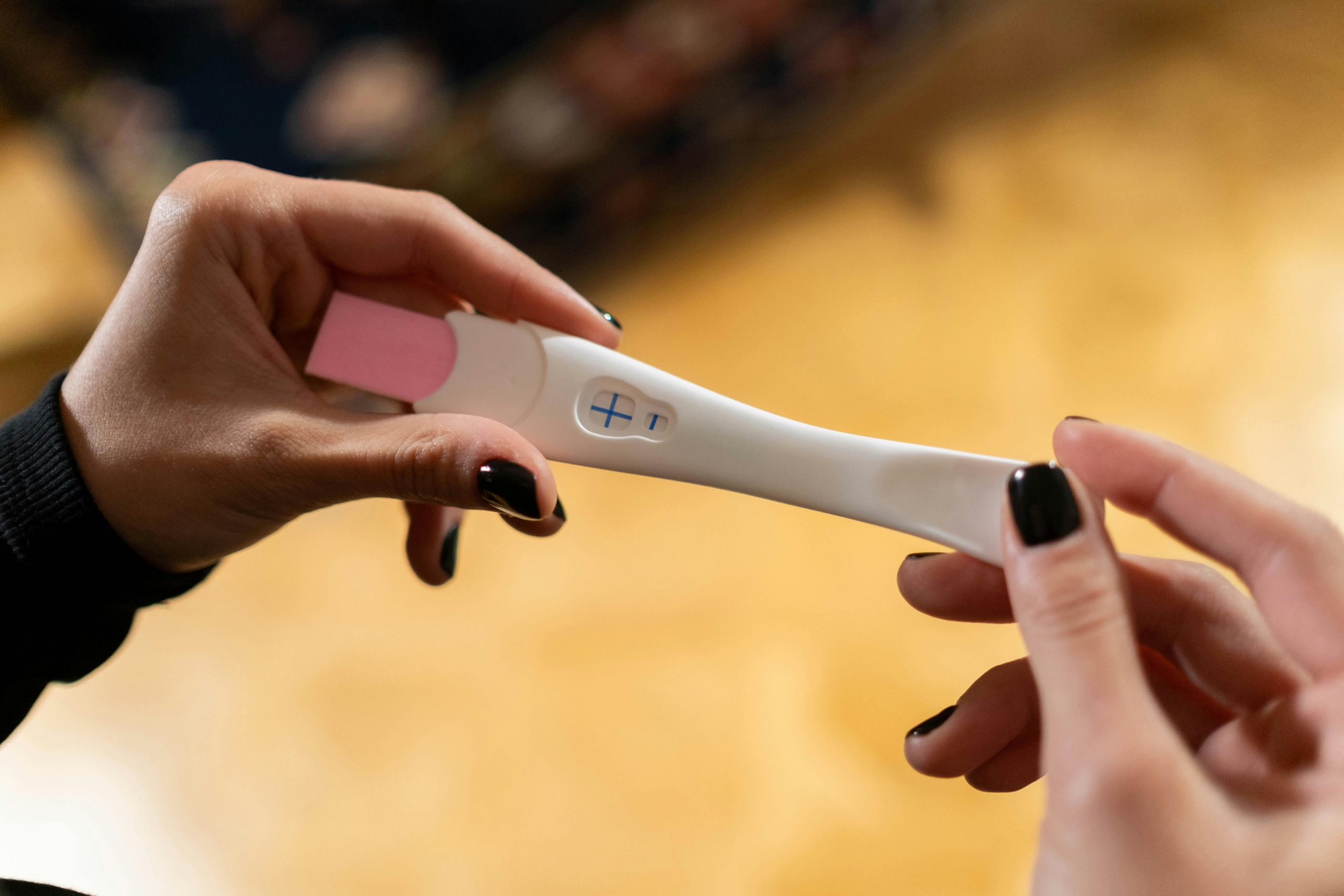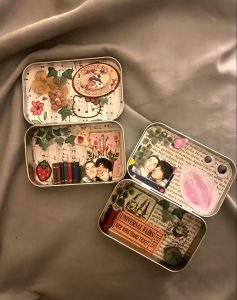The cryopreservation of oocytes, also called social freezing, is a practice that comes from the United States. It consists in freezing female gametes (oocytes) to avoid fertility problems. This medical treatment is gaining popularity in the US and has also arrived in Italy. Social freezing is used by women who want to make sure to be able to have a pregnancy in the future.
There can be several reasons for this. Some women may know that they’ll want to get pregnant at an older age and wish to avoid the risk of having trouble conceiving due to menopause. This is the most common case. Moreover, there are pathologies requiring surgeries and treatments that could cause infertility. For example, certain cancers, chemotherapy and radiation therapy.
However, not all women are suitable for the cryopreservation of oocytes. To understand if they can undertake the procedure, women have to go to special centers for couples’ infertility and Medically Assisted Procreation (MAP). Here, patients hold an interview with doctors, who then assess their ovarian reserve through special examinations. If they’re suitable for the treatment, they’ll have first to undergo a hormone therapy to stimulate the oocytes. Afterwards, they’ll get their oocytes extracted and frozen.
Nowadays, the technique has been perfected to the point that it has become almost risk-free. The only side effects can be related to the preliminary intake of hormones and the sedation necessary for surgery. However, they usually don’t cause severe side effects. Nonetheless, this practice remains controversial and is often the focus of bioethics debates. Indeed, some people think that it isn’t morally correct to use scientific progress for what they see as “going against nature”.




